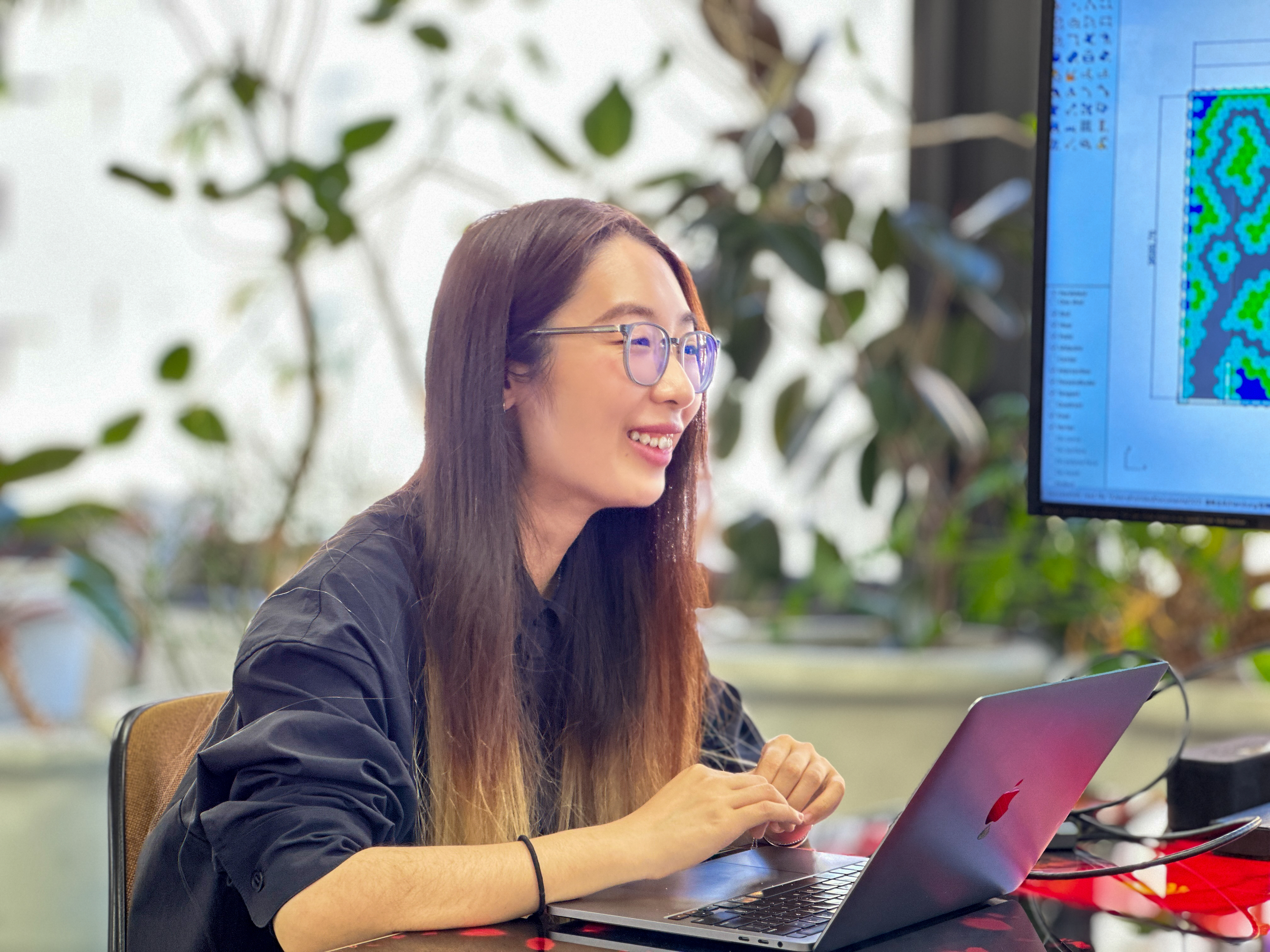

I lived in Wuhan City until I graduated from high school and moved to Pennsylvania for college. I decided to pursue my education abroad after hearing from an acquaintance who transferred to a foreign university where it has an environment conducive to studying competitively amidst numerous stimulating experiences.I was attracted to that environment and made up my mind studying abroad.
At Penn State University, I pursued a double major. One was Landscape Architecture, where I studied the design of outdoor spaces and public spaces such as parks. The second one was Art History. I was originally interested in these 2 subjects before coming to study and besides, Penn State was particularly renowned for its Landscape Architecture program, which also motivated me to make the choice.
ーYou changed your major when you went from an undergraduate to a master's degree. What were the reasons for making that choice?
My undergraduate school was a five-year program, and until my fourth year, I honestly thought I would directly go to work right after graduation.However, it was around that time when I began developing an interest in media art as well.
In the winter of my senior year, I went on a trip to Tokyo and visited the "The Universe and Art: Princess Kaguya, Leonardo da Vinci, teamLab" exhibition, where I saw teamLab's work for the first time.
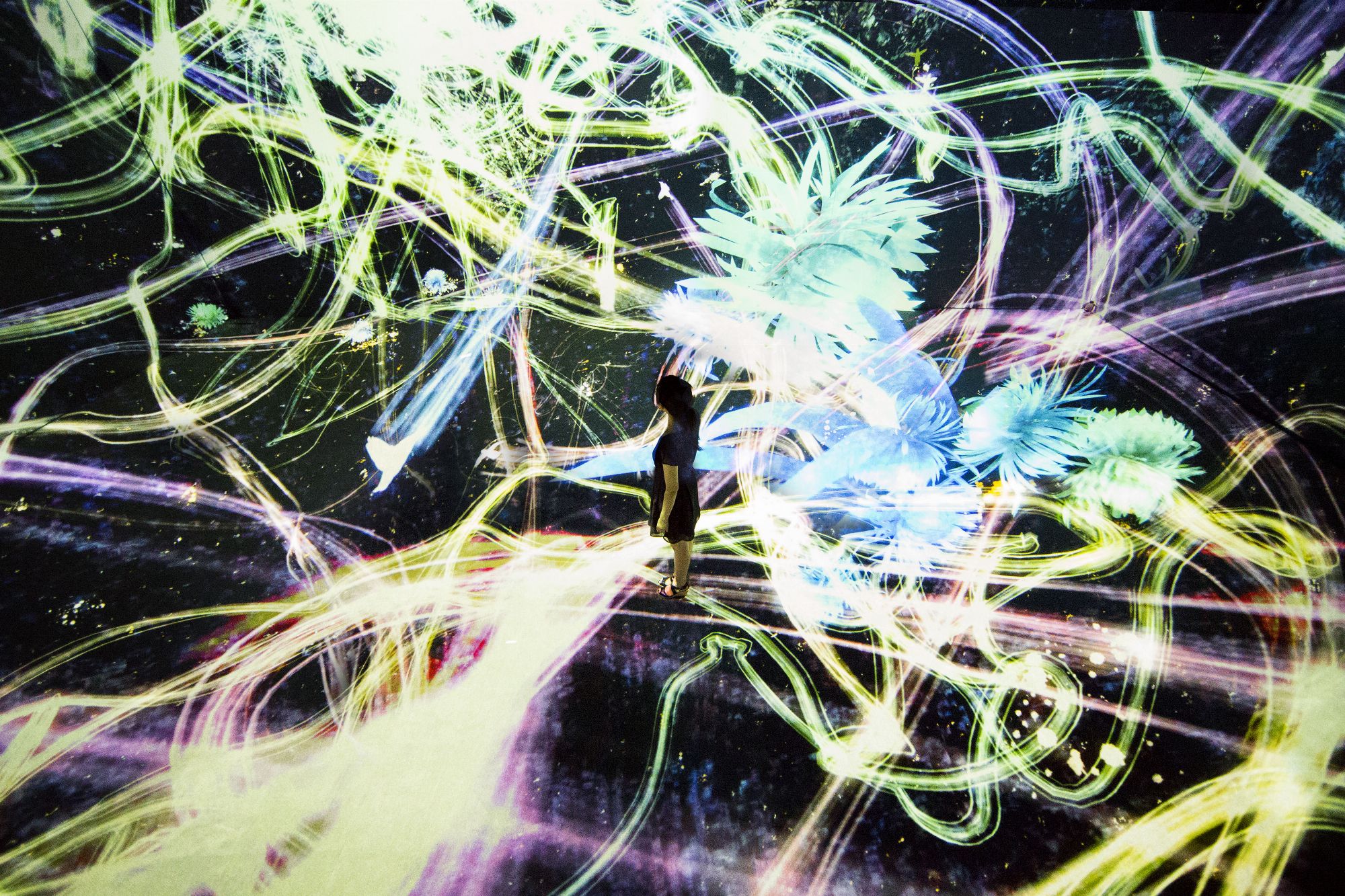
The Universe and Art: Princess Kaguya, Leonardo da Vinci, teamLab
After experiencing the work, I've come to think the combination of art and technology seems to have a lot of potential. I then returned to college and began taking classes in media art and programming in my fifth year, which were different from my major. From there, I developed a strong desire to delve deeper into this field and decided to change my major and continue pursuing graduate school.
ーSo your encounter with Team Lab's work was one of the reasons for your decision! Could you tell us why you chose Carnegie Mellon University for your master?
Carnegie Mellon University is famous for Computer Science and Drama, and I chose it because I thought that crossing the two would allow me to delve deeper into the field I was interested in at the time.
My specific major was Computational Design, but upon entering graduate school, I was eager to learn the necessary skills as soon as possible, so I took many related classes.
At the same time, I was also involved in a lot of theater, which was one of the reasons I chose to go to Carnegie Mellon University. I took a media design class at the drama school and took on the challenge of creating an interactive theater experience known as "Immersive Theater”.
Growing upon from my hands-on experience in theater production I eventually conducted research on whether VR and AR technologies could be used to express and convey something without real performers at the scene, and how these technologies could be applied to deliver meaningful immersive experiences.
When I graduated from the university, I applied for an internship at teamLab, but unfortunately it wasn’t the perfect timing for both me and teamLab to do it. One year later later, while I was in graduate school, I received an email from a TeamLab recruiter inviting me to participate in the 2019 summer internship. However, the summer of 2019 was also a busy time for my school research. It was very challenging for me to take care of my internship and research at the same time, but looking back now, it was such a fulfilling summer!
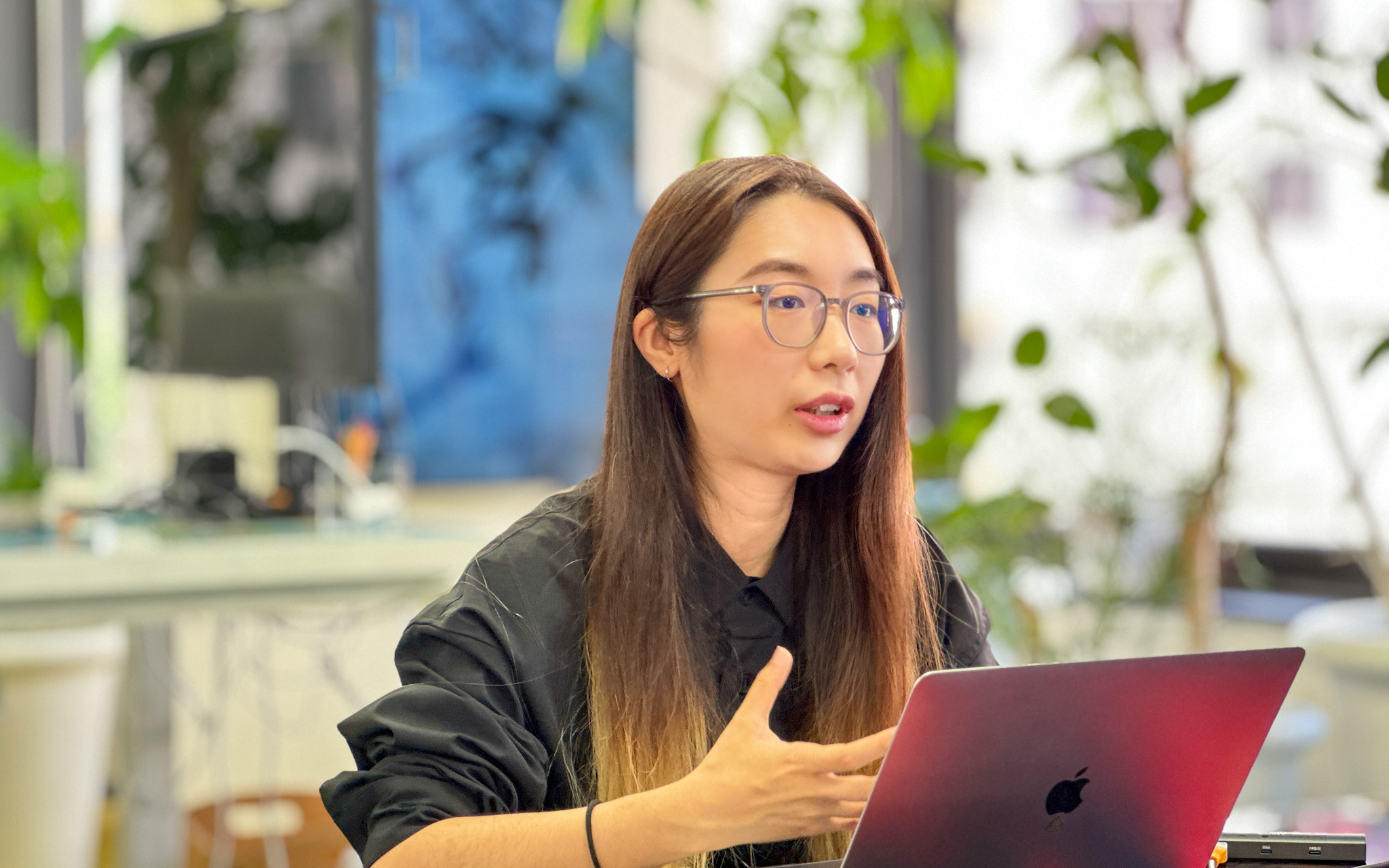
ーWhat did you work on during your internship?
When I participated in the internship program, I was able to put my hands on the real projects that TeamLab's art catalysts are working on. For example, I was involved in the creation of artwork that was installed in the actual exhibition, participated in meetings with the founders, and went on a business trip to an exhibition held in Ube City, Yamaguchi Prefecture, where I worked with other team members on site.
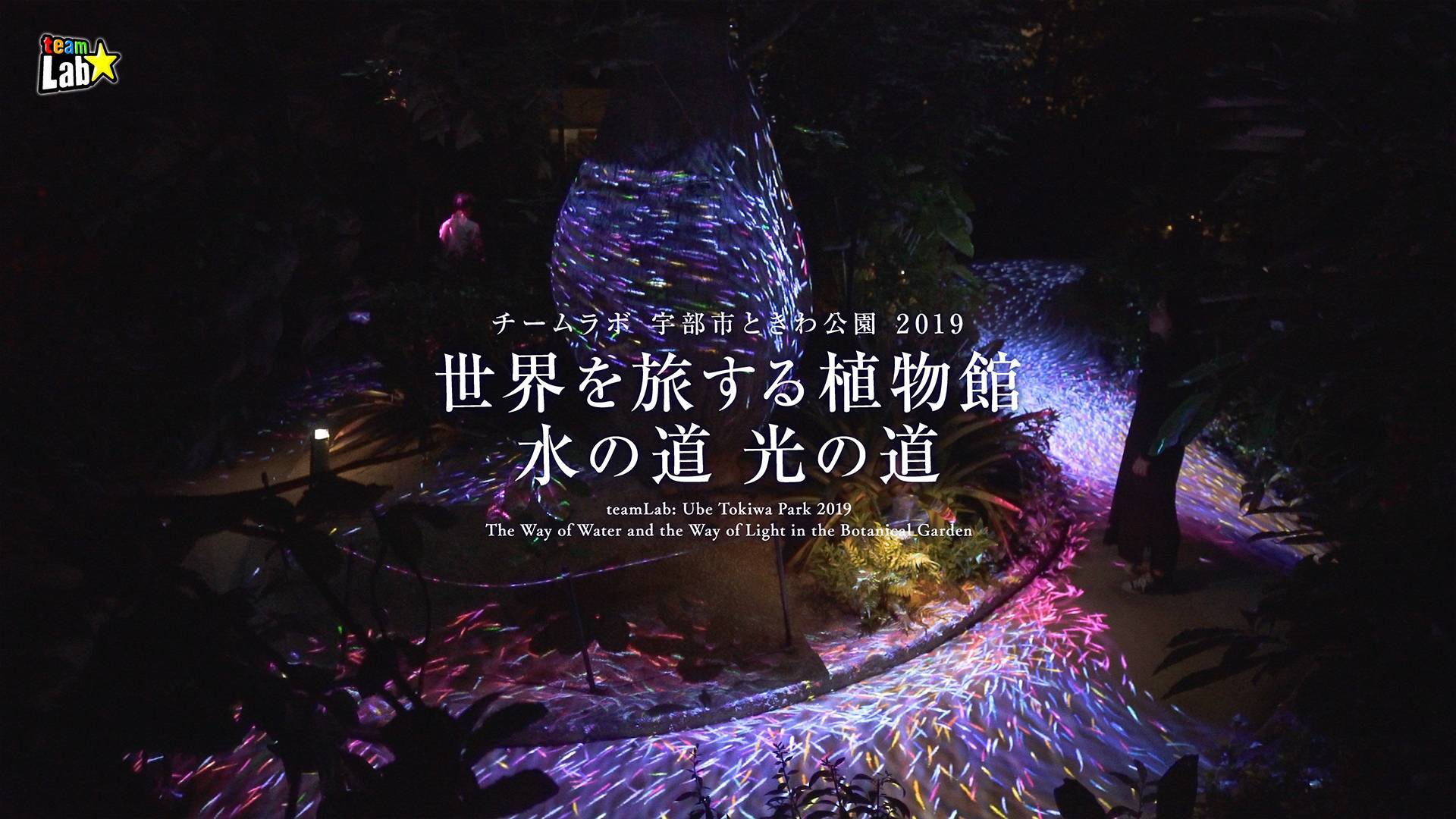
《tteamLab: Ube Tokiwa Park 2019 The Way of Water and the Way of Light in the Botanical Garden》
The work I was involved in during my internship was a piece called "Memory of Topography" which is on display at teamLab Borderless Shanghai, and I had the challenge of developing tools to be used in the design of the space in which it is displayed.
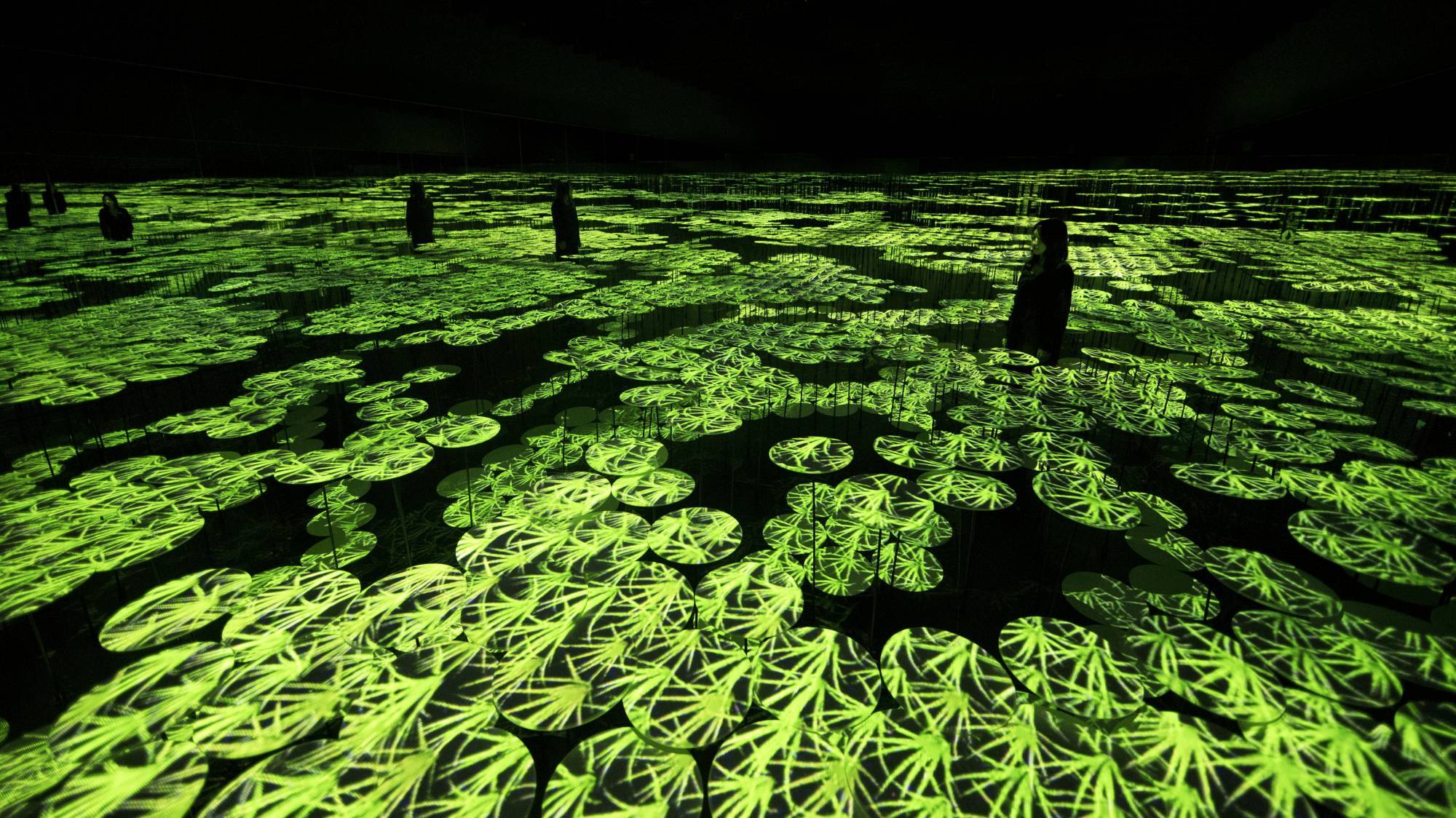
《Memory of Topography》
Through the two months of my internship, I realized that in teamLab, I could pursue what I truly wanted to do, and most importantly, the team’s atmosphere and the sense of belonging convinced me to join teamLab with ease right after graduation.
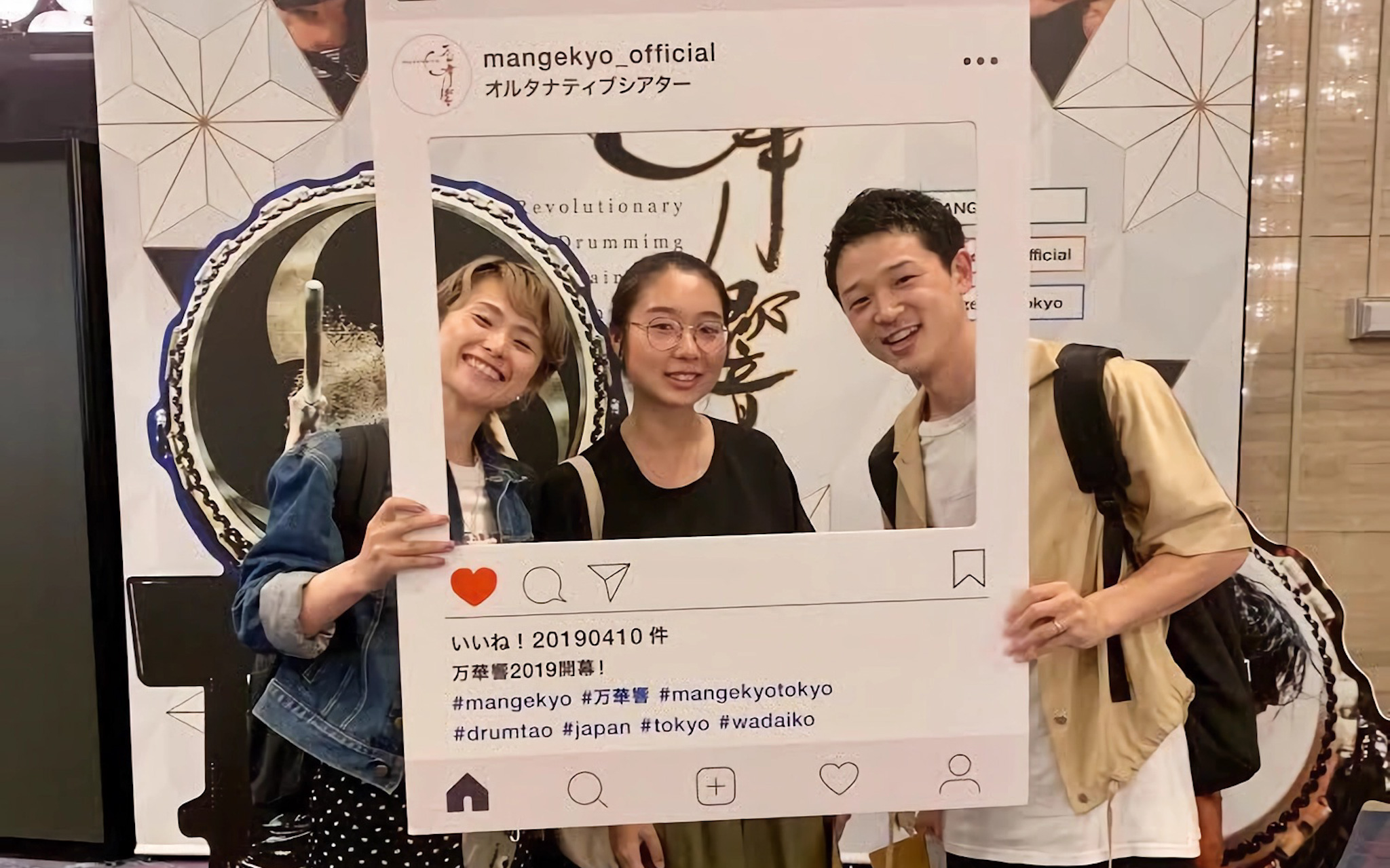
Internship mentors and Yixiao
ーPlease tell us about your current position and the team you belong to.
My role is "art catalyst," and I am involved in the creation of teamLab's exhibitions and artworks.
I am a member of the "Art Direction Team," a team of about 10 people who are mainly in charge of managing the development of projection mapping artworks.
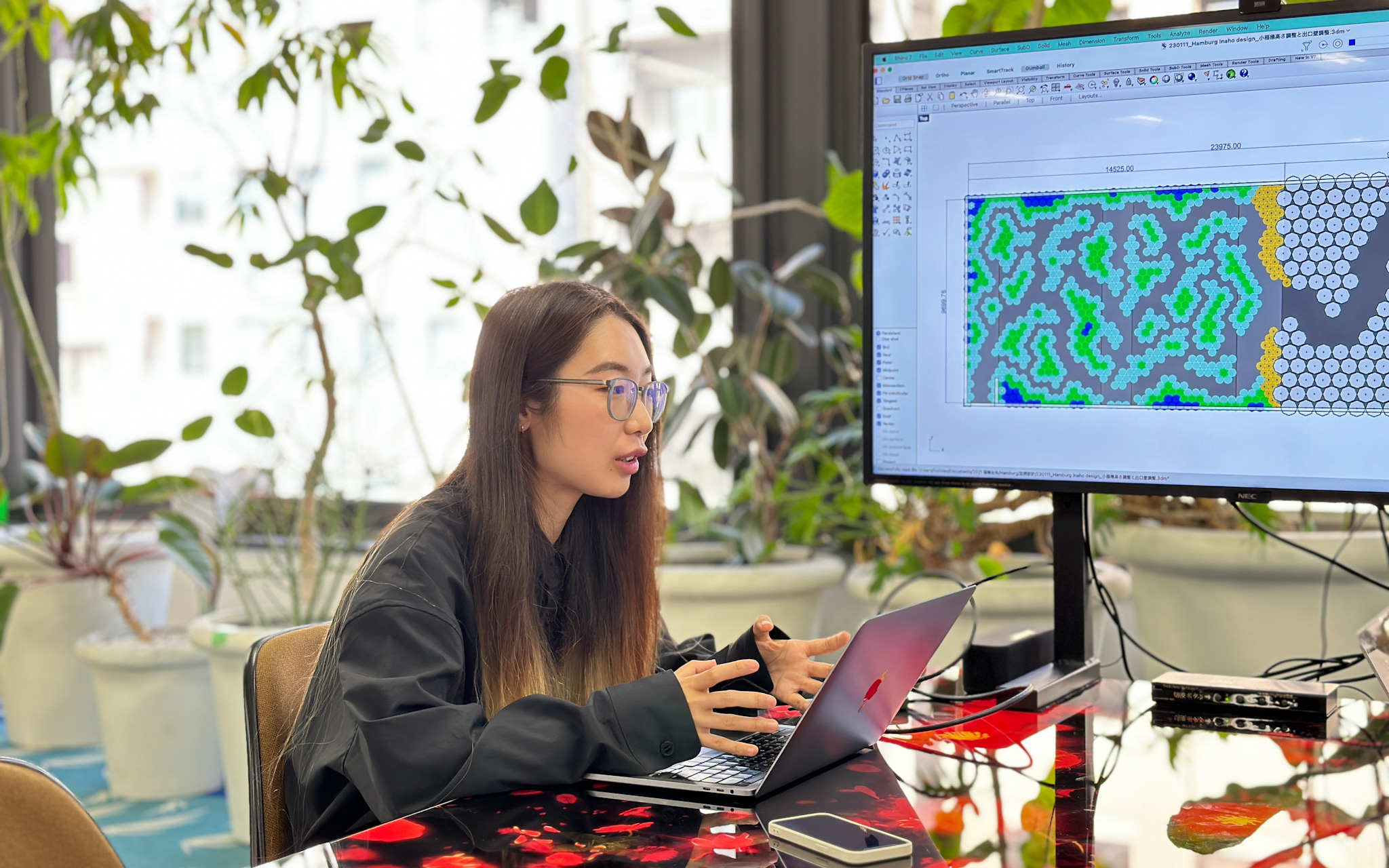
ーPlease tell us about your job.
I am involved in everything that is necessary in the process of developing, completing, and setting up artworks.
Specifically,
- Gather members with expertise to form a team
- Create plans for the schedule and other details leading up to completion
- Follow up and support communication among team members
- Plan when and how the completed work will be set up at the exhibition site.
My responsibilities are so extensive that I could be described as a "jack-of-all-trades" (laughs).
ーWhat types of members are involved in your work?
For projection mapping type works, there are usually three different team members and art catalysts who work together to develop the work.
1. Computer Vision Engineer
Computer Vision Engineer develops programs for interactive art that responds to human movement by utilizing image processing technology. They also develop object recognition systems using machine learning.
2. Interactive Engineer
Interactive Engineers are responsible for software development of interactive installations and design and implementation of real-time physical simulations and visual effects.
3. Visual Designer
Visual Designers are responsible for visualizing the idea of the work to be created by TeamLab in the early stages of the project, and creating a 3D model of the exhibition space.
The art catalyst should have an understanding of internal workings of the team and the technical knowledge involved, in order to communicate smoothly with the team members with expertise.
I am currently working on the projects "teamLab Future Park" and "teamLab Athletics Forest" projects.
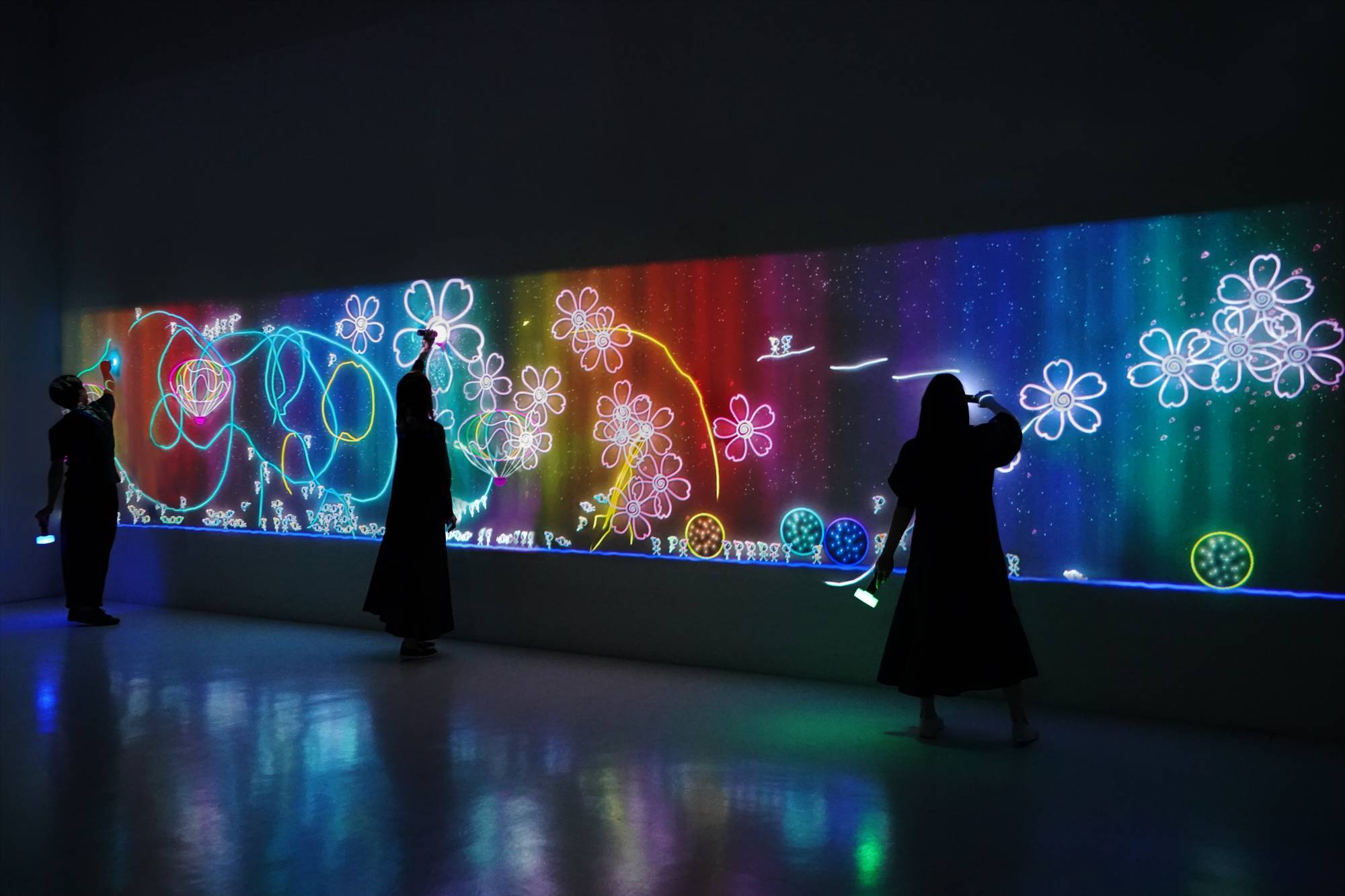
《A Window to the Universe where Little People Live》
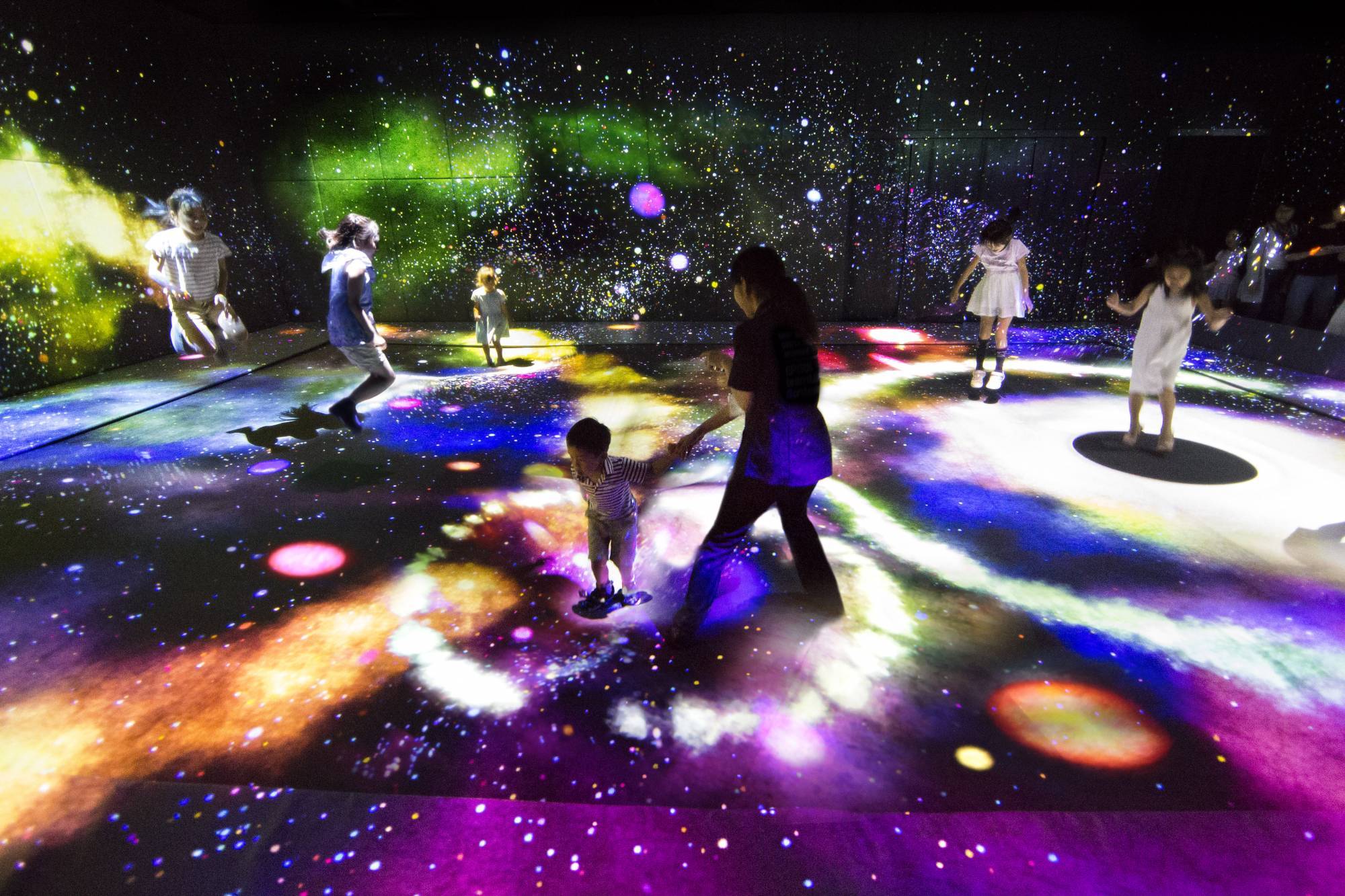
《Multi Jumping Universe》
In my case, I am using my experience as a student to not only create the artworks I am in charge of, but also to design the exhibition space.
ーSo you are in charge of space design as well! Please tell us about the projects you have been in charge of.
In "Memory of Topography" which I mentioned earlier, I designed the space by considering how each of the screens should be placed in the space.
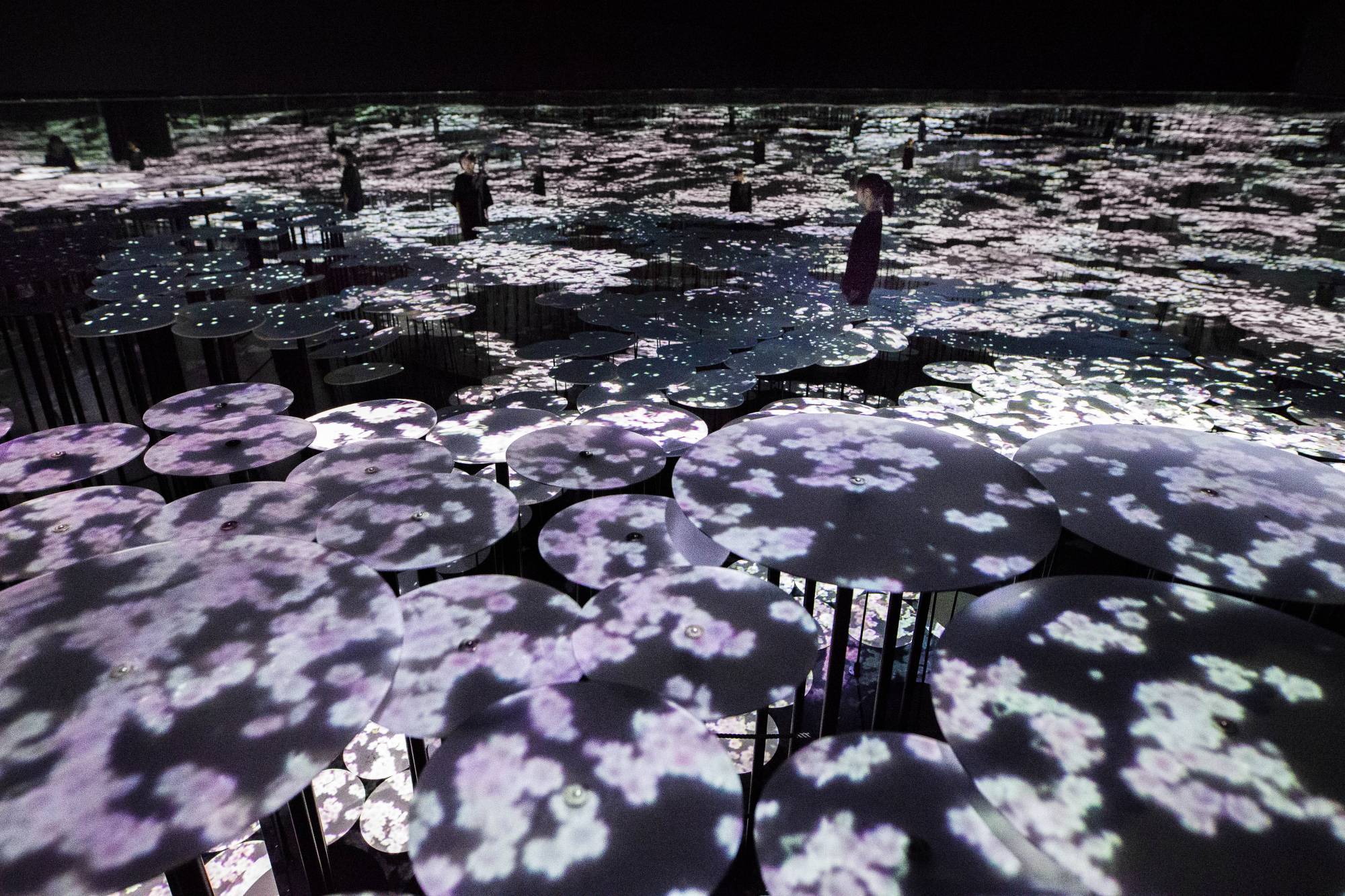
《Memory of Topography》
This artwork is planned to be exhibited at “teamLab Borderless,” set to open in Hamburg in 2025. Due to the different aspects such as the size of the space, ceiling height, and fire safety regulations, which differ from previous exhibition venues, we had to redesign the artwork accordingly. Fortunately, we were able to progress smoothly and successfully complete the project.
I have been involved in this work ever since my summer internship, so it holds a special place in my heart.. The work I was in charge of feels like my own child in a way (laughs).
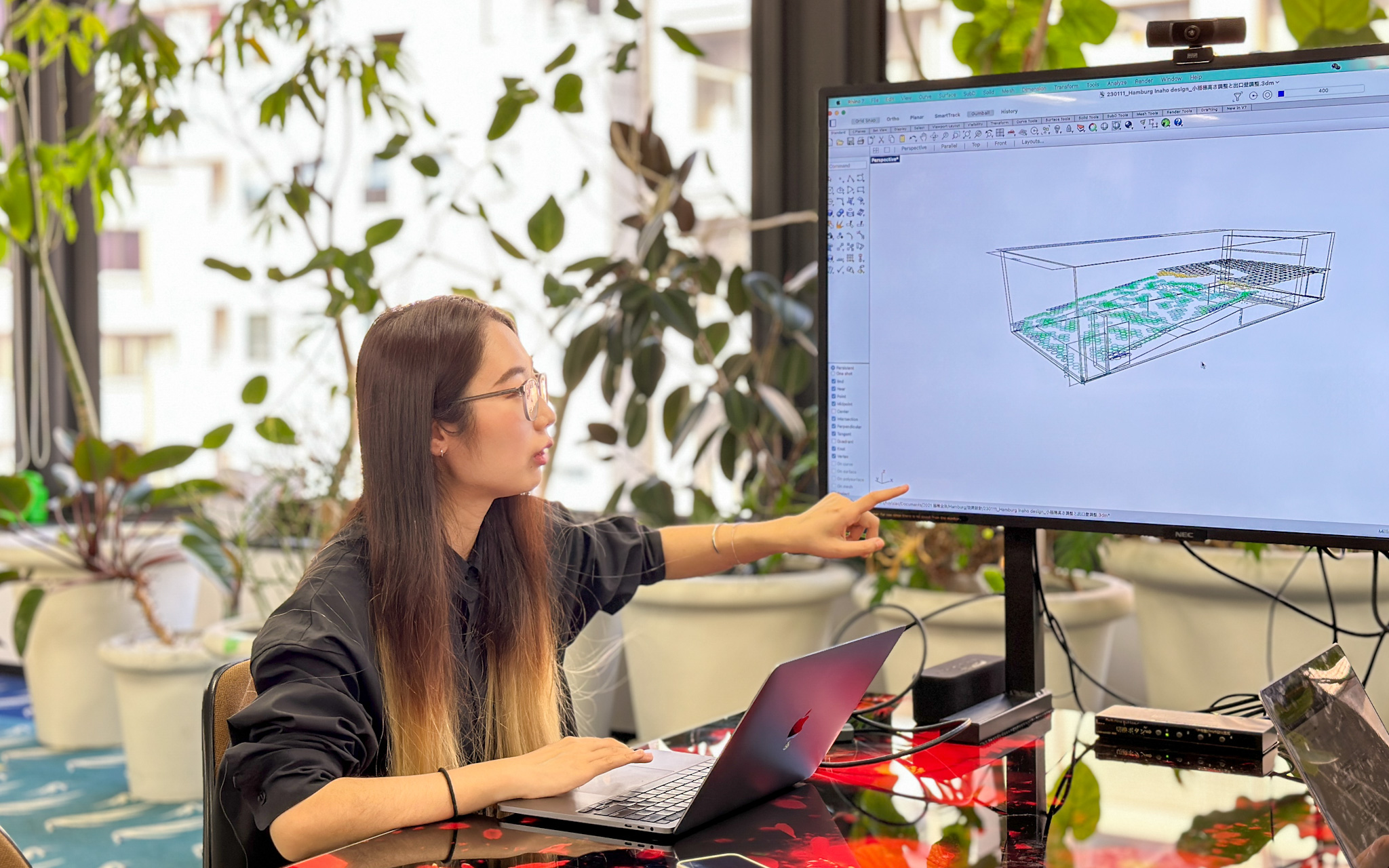
Designing spaces using Grasshopper a visual programming language and environment that runs within the Rhinoceros.
I have fond memories of a work called "Aerial Climbing through a Flock of Colored Birds" that was exhibited at TeamLab Borderless in Tokyo. This was the first work I worked on after I officially joined TeamLab, in which I was assigned to update the work with my mentor at the time.
ーWhat kind of updates did you make?
This artwork features suspended steppig bars held by ropes, creating a three dimensional floating space. To begin with, I improved the steppig bars, because in the initial version of this work, the steppig bars were not illuminated resulting in their presence being relatively subdued by the surrounding animations.
To improve this situation, my mentor and I conducted numerous experiments, iterating through different approaches.
As a result, we were able to highlight the outline of the steppig bars and make it appear as if they were truly floating in the air.
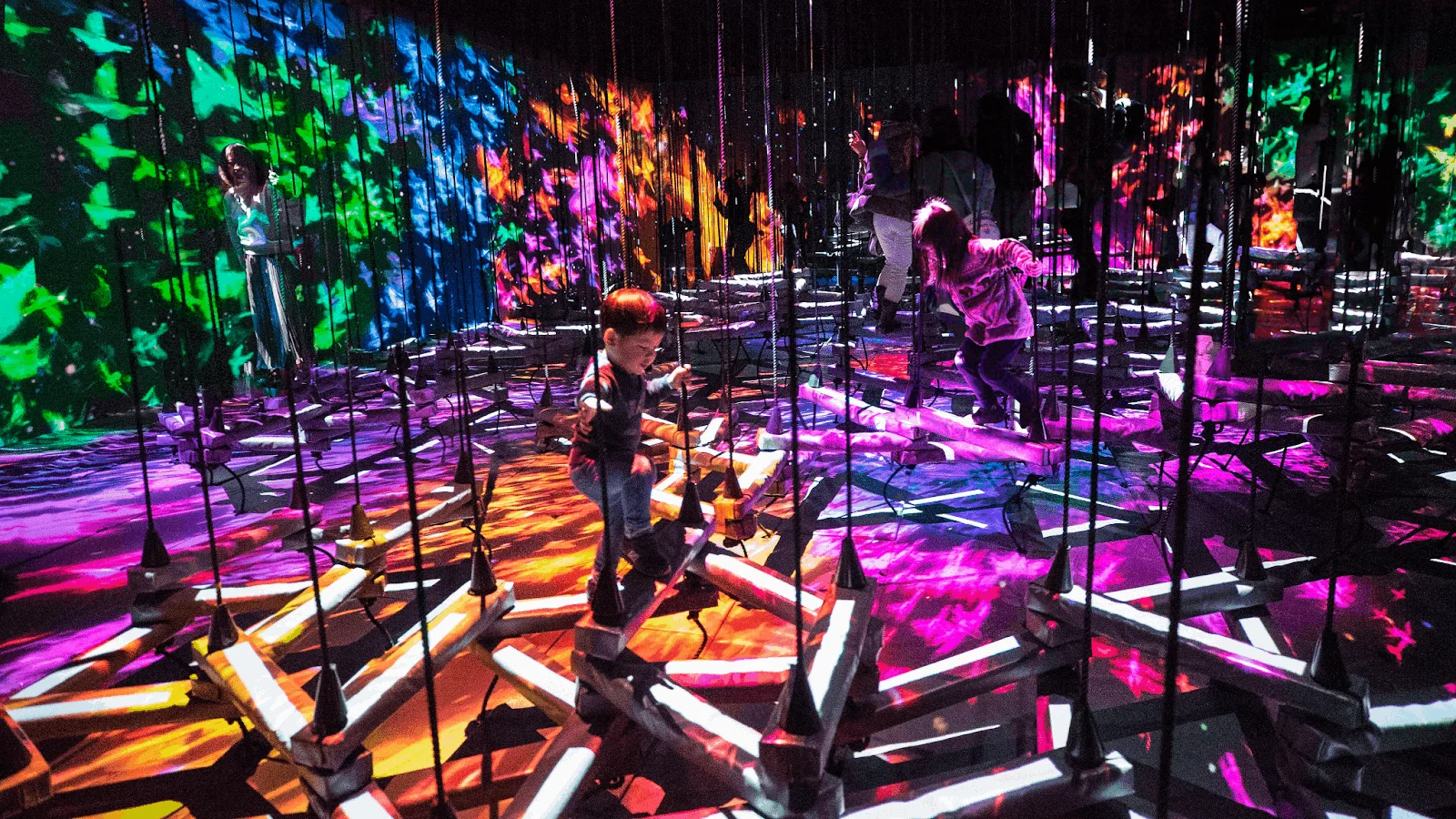
《Aerial Climbing through a Flock of Colored Birds》Before the update
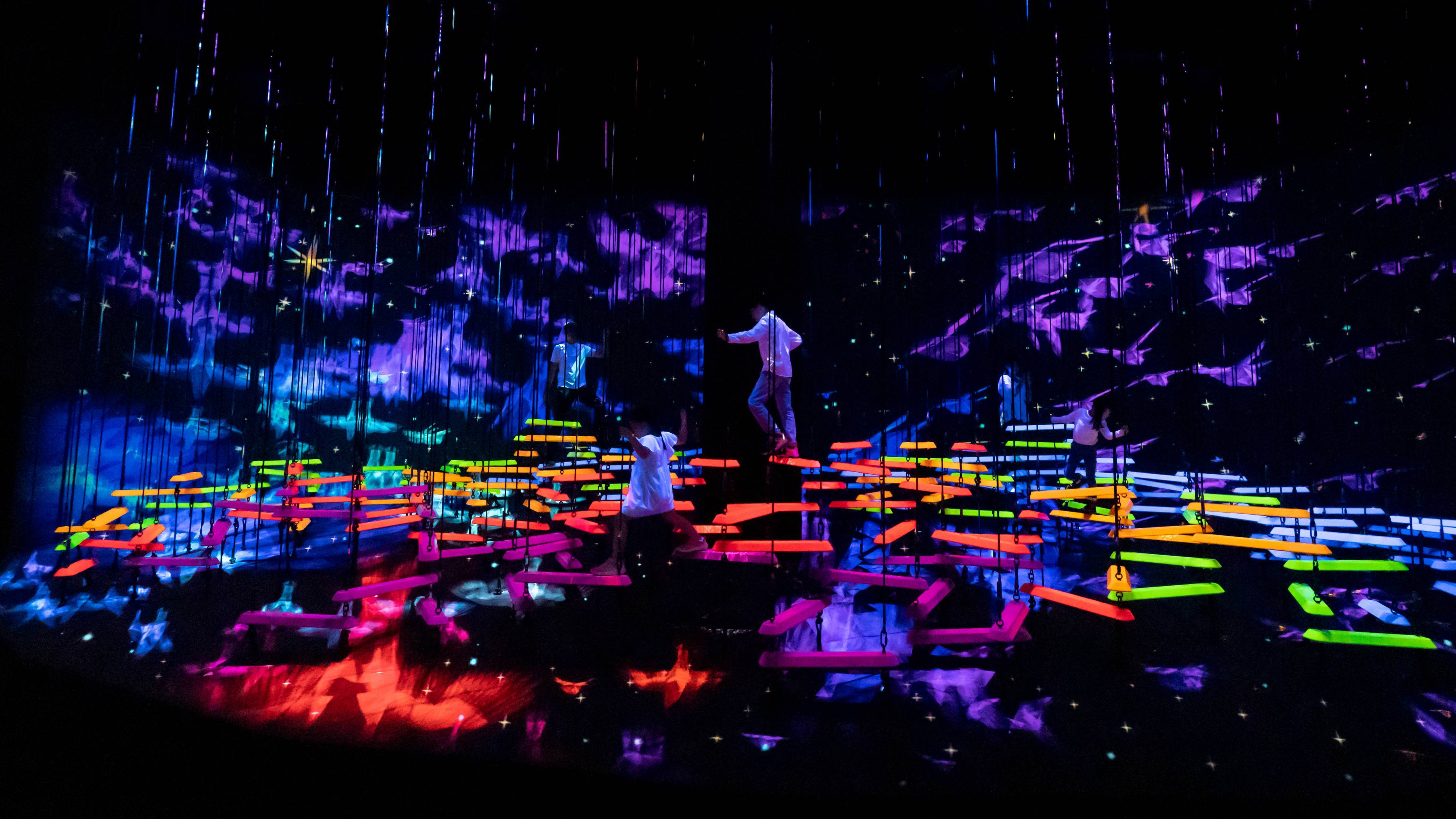
《Aerial Climbing through a Flock of Colored Birds》After the update
ーThe work looks very different from before the update. It certainly looks like it is floating!
Actually, this is not the only update.
In this work, people use steppig bars to cross the air in a three dimensional manner. However, when people get on the steppig bars, unwanted shadows are cast, which we want to avoid. Thus, we conducted numerous experiments again and made various adjustments to make sure that the steppig bars maintained a clear outline without any shadows.
Furthermore, We worked with a team of Computer Vision engineers to determine how to make the steppig bars shadow-free even when the steppig bars were moved by people climbing on.
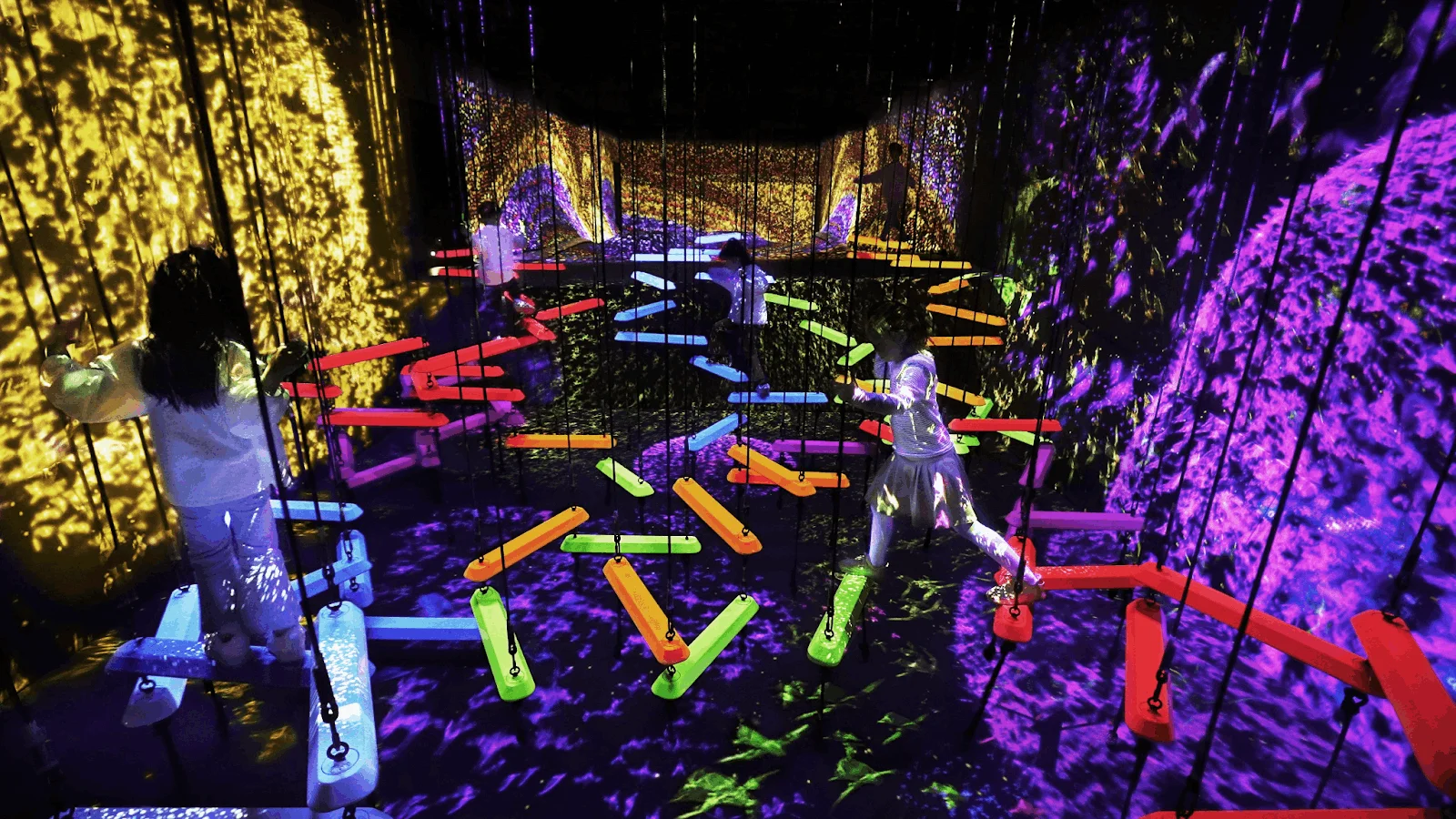
《Aerial Climbing through a Flock of Colored Birds》Current version at 2023
In the end, we were able to create a clear outline with minimal shadows, which significantly improved the quality of the work. I was moved the most when we were able to witness the great transformation we did on the artwork right in front of our eyes and burst out into exclamations, “We had achieved such a remarkable improvement”.
It may not appear to be a significant change to the viewers, but to us, it represents the extensive time, thought, and dedicated efforts we put into updating the artwork. I think that’s what makes this job so fascinating to me.
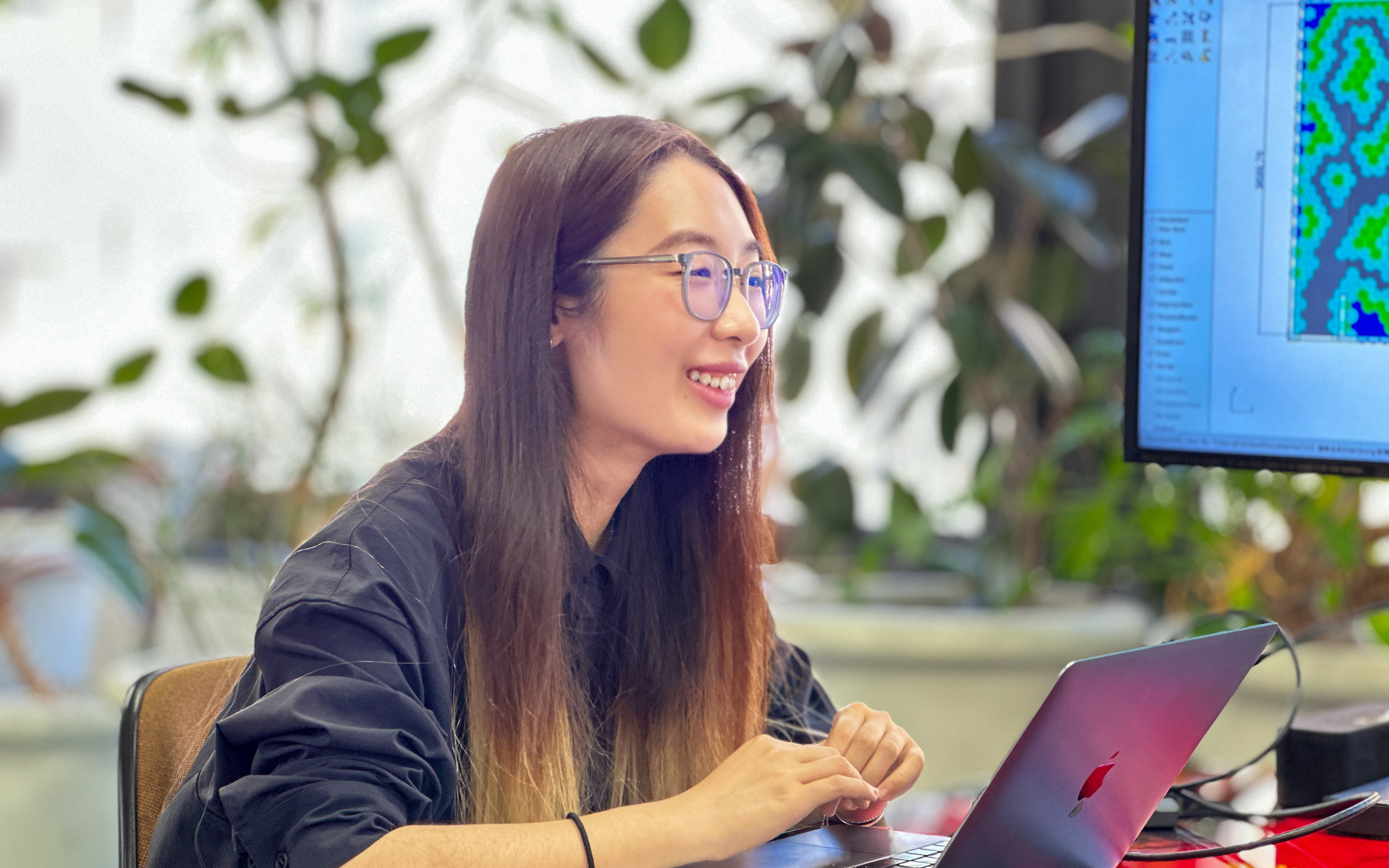
First of all, someone who is interested in teamLab's work would be a good fit. Additionally, people who have experience in creating their own works in the past would find it beneficial. Even if it is not the same as teamLab's work, any experience involved in creating will undoubtedly be valuable.
Another characteristic of the team is that people are often proactively thinking about what needs to be done and taking action accordingly, rather than passively waiting to be assigned on tasks. I would be happy to work with people who have that kind of proactive trait.
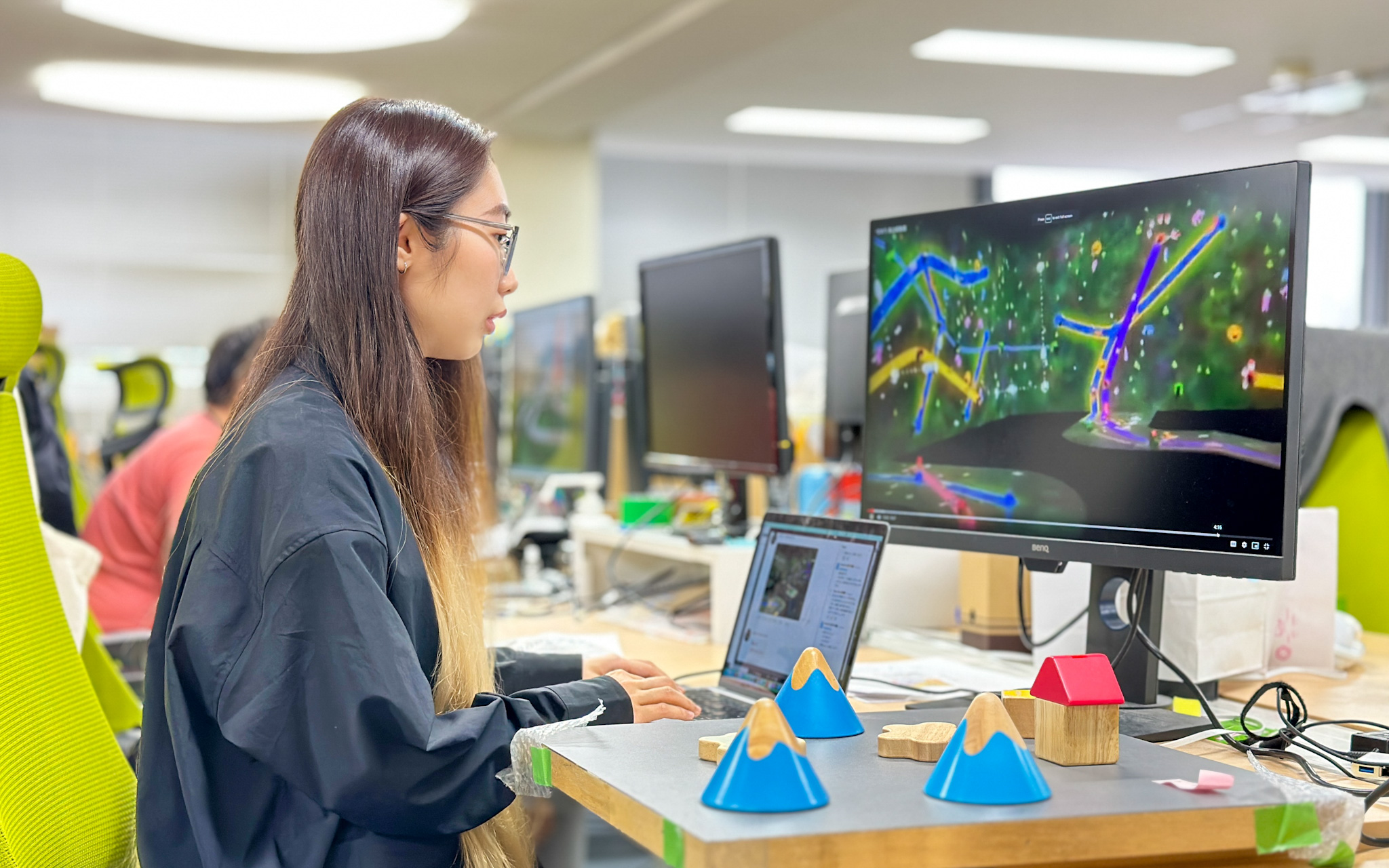
I feel that teamLab provides an environment that is closer to a research lab in a university than a traditional company. For people who are passionate about creating things with a team, I think teamLab is a good choice.
If you are excited about the process of creating and making things happen, we are looking forward to working with you!